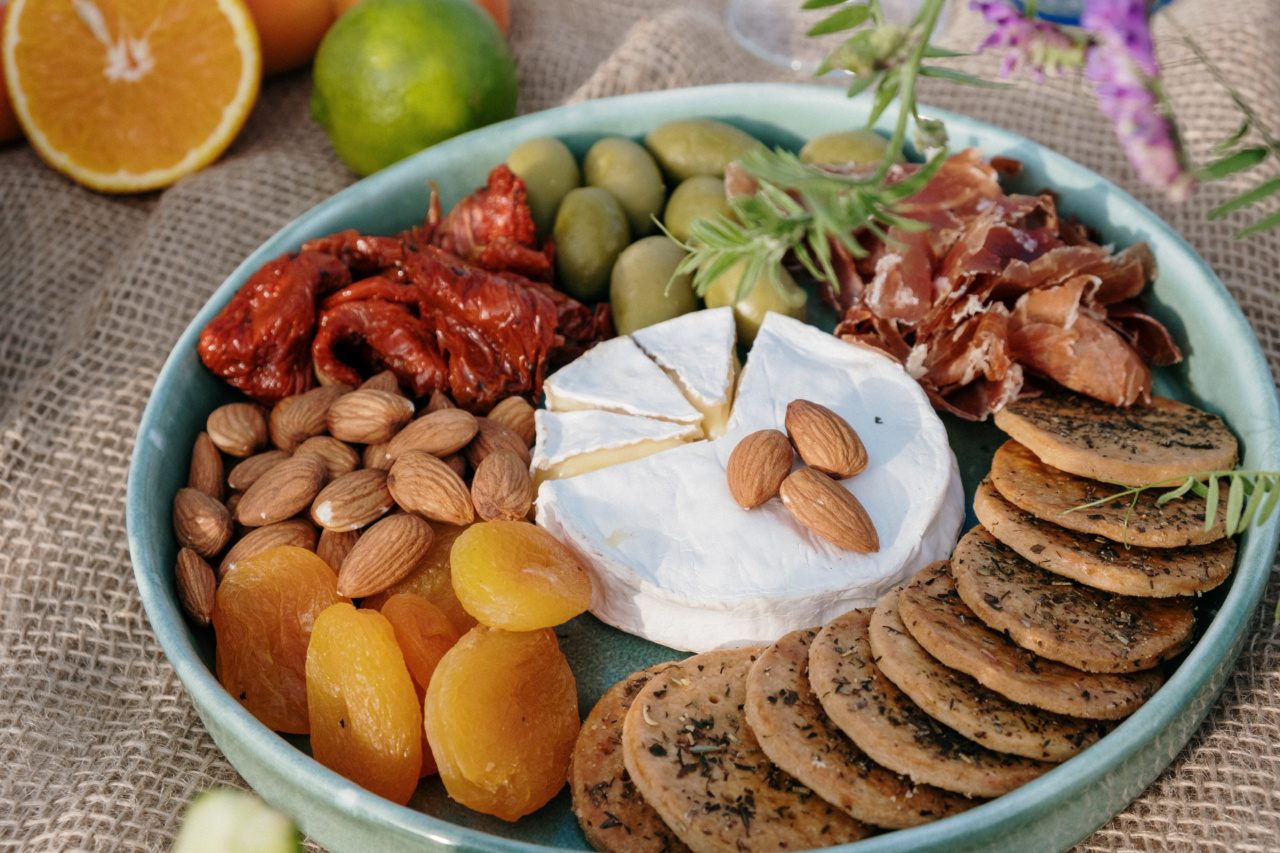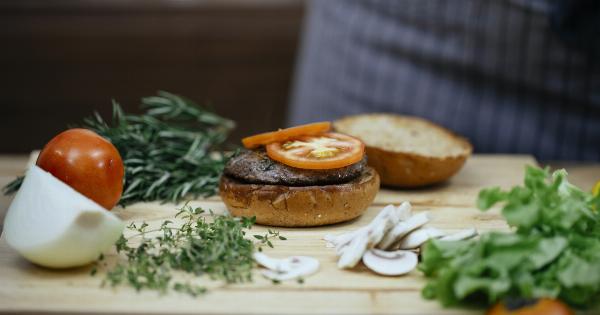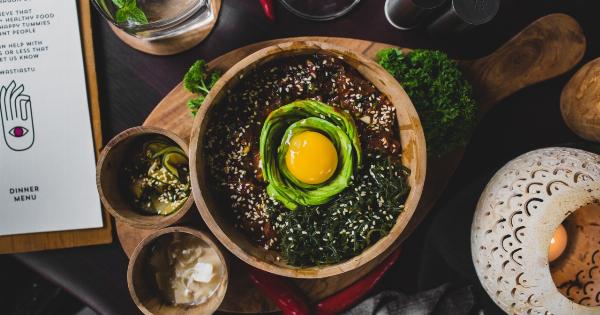Are you looking to host a mouthwatering vegetarian feast that will leave your guests raving? As more people adopt a vegetarian lifestyle or simply seek to reduce their meat consumption, it’s essential to know how to create an incredible vegetarian spread. Whether you’re a seasoned vegetarian or someone looking to try something new, this guide will provide you with tips and ideas to help you create a scrumptious vegetarian feast that will impress even the most devoted carnivores.
1. Start with a Theme
Every successful feast begins with a theme. Think about the mood, style, and overall ambiance you want to create.
Consider incorporating a specific cuisine, such as Mediterranean or Indian, or focus on seasonal ingredients to add an element of freshness to your feast.
2. Plan Your Menu
Once you’ve settled on a theme, it’s time to plan your menu. Begin by selecting a variety of appetizers, main courses, side dishes, and desserts that cater to different dietary preferences.
Include options that are vegan and gluten-free to ensure everyone can enjoy the feast.
3. Embrace Plant-Based Protein
Vegetarian dishes can be just as satisfying and protein-packed as their meat-based counterparts. Experiment with legumes, such as chickpeas, lentils, and beans, to create hearty main courses.
Tofu and tempeh are also excellent sources of protein and can be marinated or flavored to your liking.
4. Utilize Fresh Seasonal Produce
One of the best aspects of vegetarian cooking is the opportunity to highlight the vibrant flavors of fresh produce. Visit your local farmers market or grocery store to source seasonal vegetables and fruits.
Incorporate them into your dishes to add color, flavor, and nutrition.
5. Create a Showstopping Centerpiece
A visually appealing centerpiece can elevate your feast to the next level. Consider creating a vegan roast using a mixture of nuts, grains, and vegetables or experiment with stuffed vegetables like bell peppers or butternut squash.
A beautiful centerpiece will impress your guests and serve as a conversation starter.
6. Play with Different Textures
To keep your guests engaged, incorporate a variety of textures in your dishes. Combine crispy elements like roasted nuts or breadcrumbs with tender vegetables or fluffy grains.
Contrasting textures will enhance the overall dining experience and make every bite interesting.
7. Experiment with Global Flavors
Vegetarian cuisine offers a vast array of international flavors to explore. Don’t be afraid to experiment with spices and seasonings from different cultures.
Whether it’s the richness of Indian curry, the freshness of Mediterranean herbs, or the heat of Mexican chili peppers, incorporating global flavors will add depth and excitement to your feast.
8. Don’t Forget About Condiments and Sauces
Enhance the flavors of your dishes by offering a selection of homemade condiments and sauces. Prepare a variety of salsas, chutneys, or flavored oils to accompany your feast.
These additions will add an extra layer of complexity and allow your guests to customize their plates to their liking.
9. Don’t Neglect Dessert
A vegetarian feast is incomplete without a scrumptious dessert. Consider classic favorites like chocolate lava cake or fruit-based desserts like berry crumbles.
With a little creativity, you can satisfy your guests’ sweet tooth while keeping the feast entirely vegetarian.
10. Create a Welcoming Ambience
Finally, remember that a successful feast extends beyond the menu. Pay attention to the ambiance by creating a warm and welcoming space for your guests.
Incorporate soft lighting, beautiful table settings, and comfortable seating to ensure your guests feel relaxed and thoroughly enjoy the meal.





























